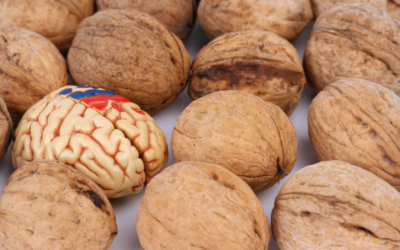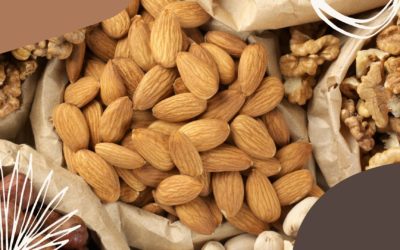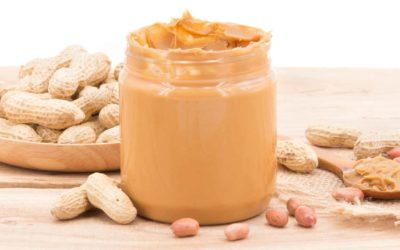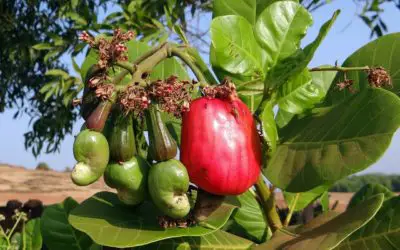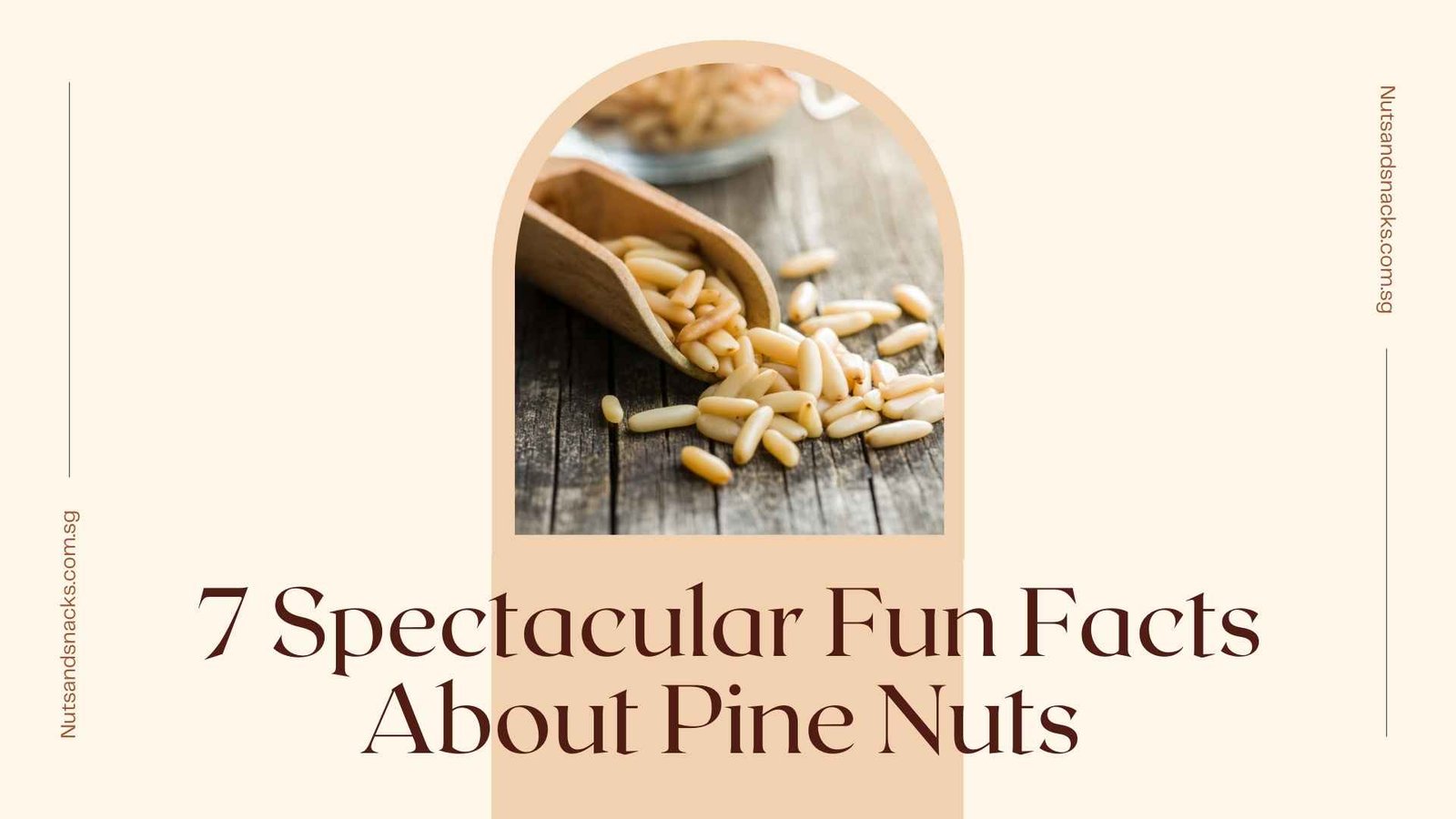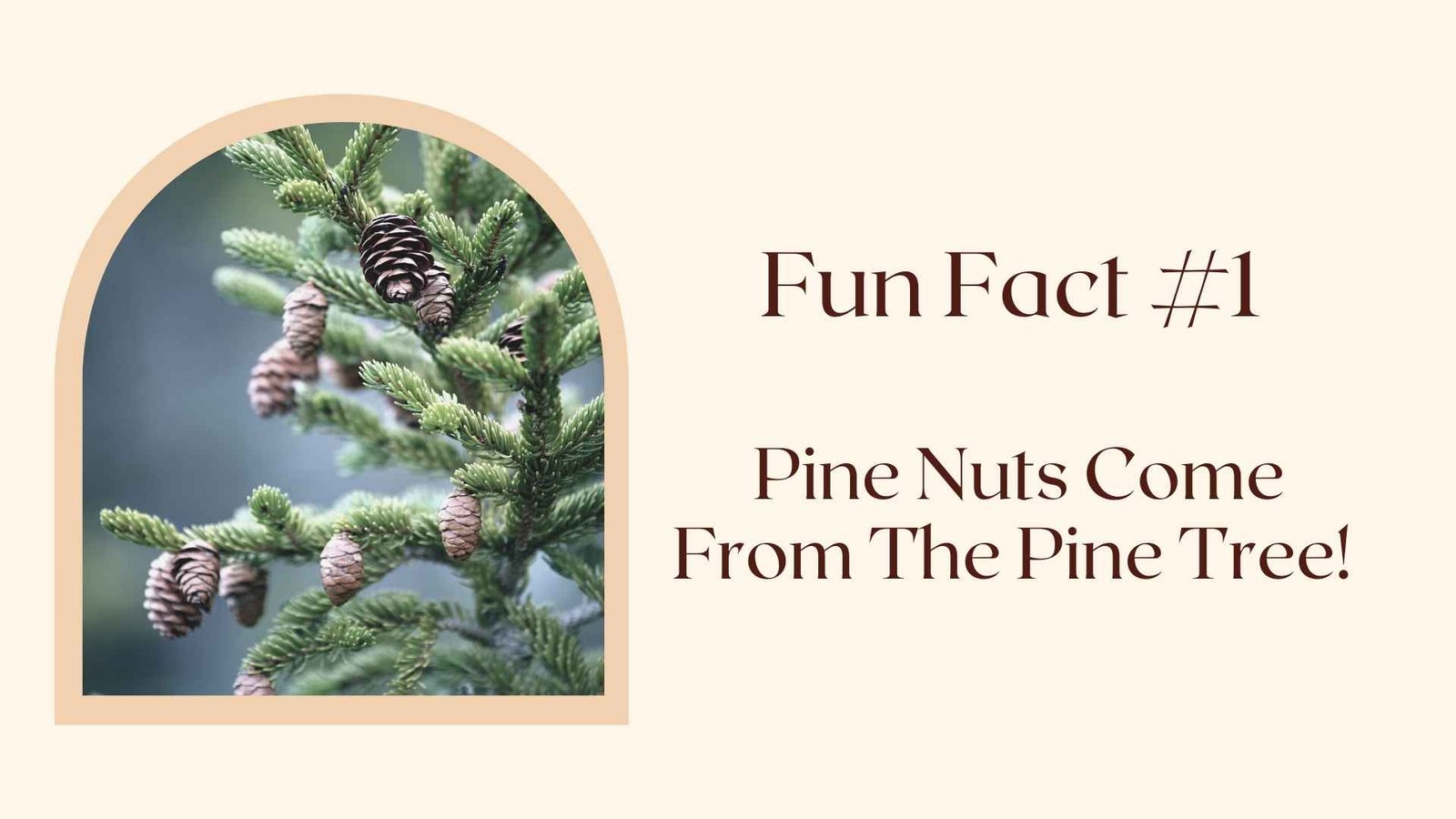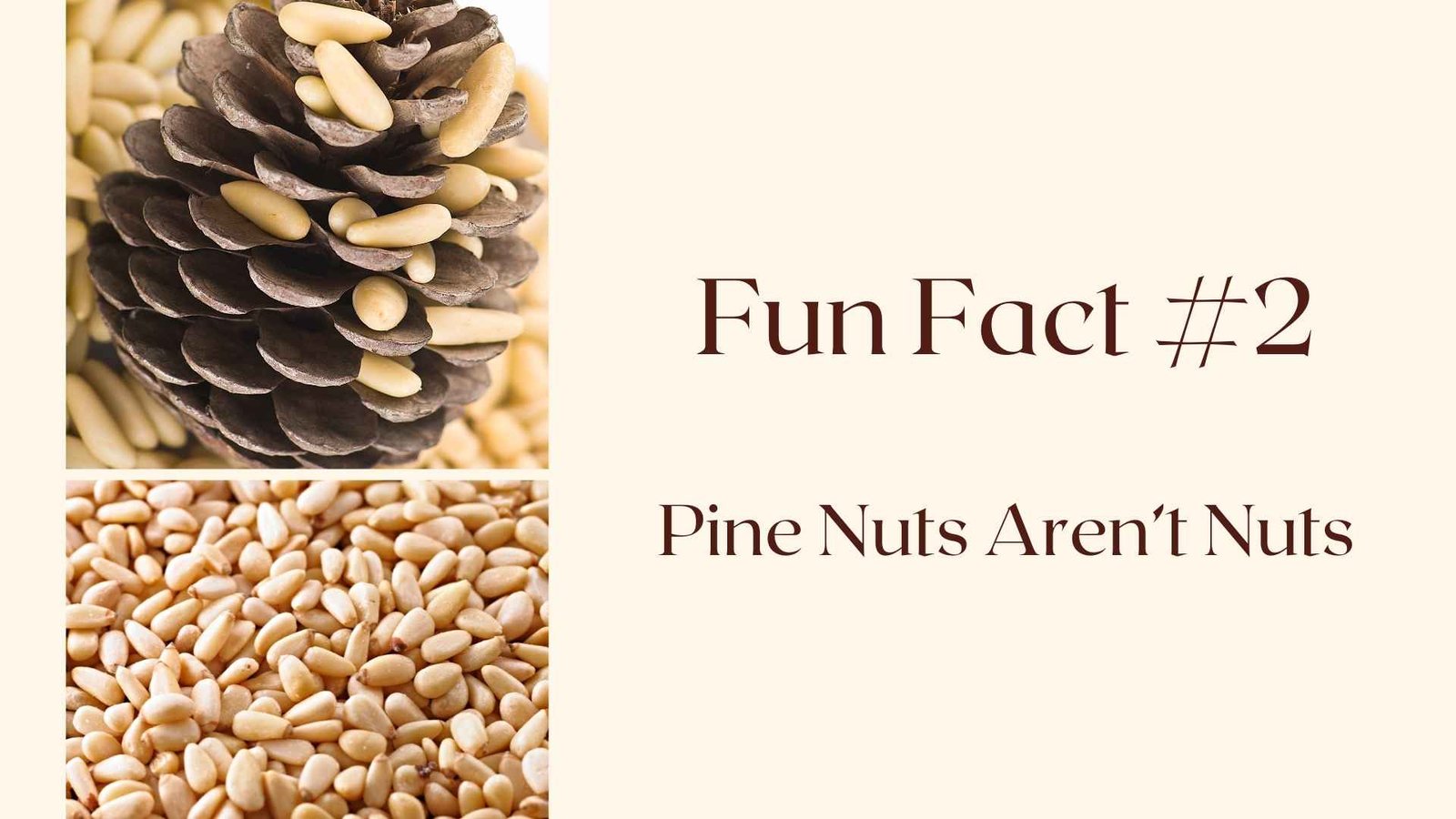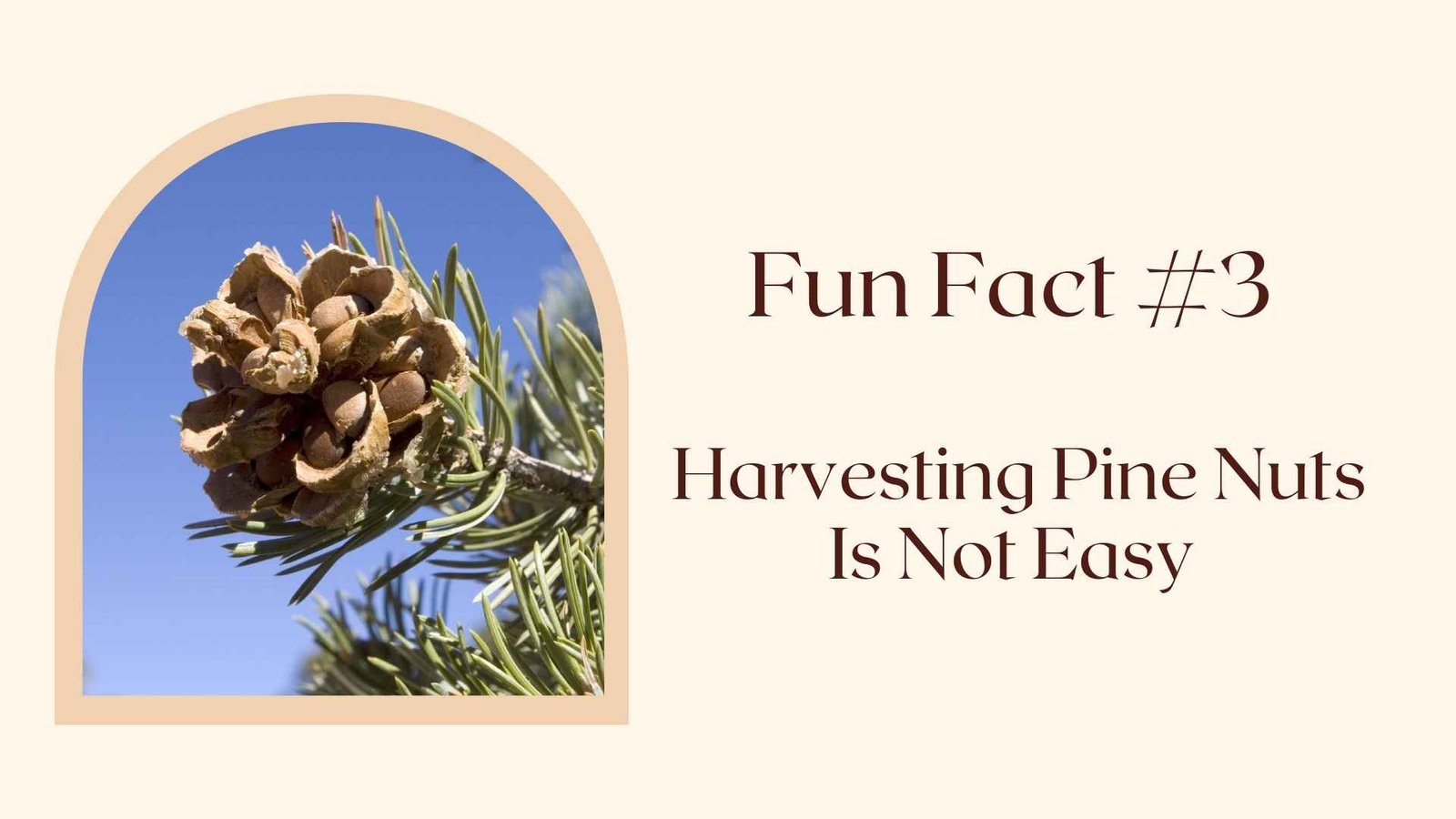Introducing Pine Nuts!
Pine nuts are well-known for their tear-drop shape and pale beige colour. Pine nuts are terrifically delicious (a sweet and buttery flavour) and are a staple in many different savoury foods, such as pesto and salads. Yet, how much do you really know about pine nuts? This article will take you on a journey to understand more about this prized ingredient.
Fun Fact #1 Pine Nuts Come From The Pine Tree!
The name is a dead giveaway! Pine nuts come from the pine cones that pine trees produce. Pine cones and pine trees belong to a group of plants called gymnosperms and date back to prehistoric times. The pine cone acts as a protective barrier for the delicate pine nuts. The pine cones can even close their scales to protect the seeds from harsh weather conditions, and open up to distribute the seeds and allow them to germinate.
Approximately 20 species of pine trees produce pine seeds that are large enough to harvest. The most commonly harvested seeds come from four particular pine tree varieties: the Mexican pinon (Pinus cembroides), the Colorado pinion (P. edulis), the Italian stone pine (P. pinea), and the Chinese nut pine (P. koraiensis).
Fun Fact #2 Pine Nuts Aren’t Nuts
Pine nuts aren’t nuts, they are seeds! When planted, these seeds could grow to become the large and magnificent pine tree that we are all familiar with.
Fun Fact #3 Harvesting Pine Nuts Is Not Easy
Harvesting pine nuts is a time and labour-intensive process. To begin, it takes anywhere from 15 to 40 years for the trees to begin producing the seeds, and up to triple that time before the tree reaches its peak pine nut production.
Generally, pine trees are rarely planted for nut production purposes, unlike other nuts which are grown specifically for industrial purposes. As such, most of the pine nuts you see on the shelves probably come from natural forests. You might be wondering why pine nuts cost quite a bit, though they are available naturally. There are several reasons!
Firstly, pine seeds must mature for 18 months inside the pine cone before they are ready to be harvested. Next, since the pine nuts are ready to harvest 10 days or so before the cone begins to open, they are very difficult to remove. In order to speed up the process, the pine cones are placed in burlap bags and left to dry out under the sun. Afterward, the cones are smashed to release the seeds, which are then separated from the cones by hand.
Even after all of these steps, each pine nut has a second shell. This must be removed before the nut can be consumed. This is yet another time-consuming and tedious task, all of which much also be done by hand. The difficulty in obtaining this wonderful ingredient is what constitutes its higher price.
Fun Fact #4 Pine Nuts Have A Rich History
Pine nuts have been collected for consumption since ancient times. They were prized by the Romans and Greeks and were a staple food of several Native American tribes in North America, indigenous peoples in Siberia, and the Russian Far East. The Ancient Romans even associated pine cones with Venus, the Goddess of Love and Fertility!
Fun Fact #5 The Pineal Gland And The Pines
The pineal gland in the brain is named after pinecones because of its shape. The pineal gland controls our body’s perception of light, as well as our wake and sleep patterns. It has long been considered our biological “third eye” and “the epicenter of enlightenment.”
Fun Fact #6 China Is The Largest Producer Of Pine Nuts
According to the International Nut and Dried Fruit Council, China is the main producing country with a 5-year average (2014-2010) crop of 8,100 megatons, which accounts for 30% of world production. The average production in North Korea was 4,900 megatons and in the Russian Federation, Pakistan, and Afghanistan 3,600 megatons each. Given the fact that pine trees usually face seasonal changes in harvesting patterns, the production of pine nuts by each country fluctuates every 3-5 years.
Fun Fact #7 Pine Nuts Have Many Health Benefits
It is documented that the omega-3 fatty acids found in pine nuts can help build and repair cells in the brain. Omega-3, commonly found in pine nuts, can improve thinking ability and blood flow in the brain. The antioxidants in pine nuts may also help to prevent cell damage in the brain, improving cognition and slowing the rate of brain disease.
Conclusion
We hope you’ve learned a little more about the fascinating pine nut Interested to try out this stellar product! Click the link down below.

